Who's Next in Labubu's Footsteps? Hong Kong Creators Aim for a Slice of the 'Goods Economy' Pie
As a passionate collector of both modern and contemporary art, Hong Kong-based fintech billionaire Kenneth has made another extravagant purchase: a playful luxury timepiece valued at HK$2 million (approximately US$242,000).
The exclusive timepiece from Swiss manufacturer Audemars Piguet showcases Companion, the toy figure characterized by a skull, crossed bones, and gloves, created by American artist Brian Donnelly, widely recognized as Kaws.
In 1999, the creator initially transformed their Companion character into collectible toys, which sold out right away. This has since become one of the world’s most prized intellectual properties (IP).
Are you looking for insights into the most significant issues and developments globally? Find your answers here. SCMP Knowledge Our latest platform offers carefully selected content including explainers, FAQs, analyses, and infographics, all provided by our acclaimed team.
Kenneth's passion for Kaws has led him to spend over HK$3.2 million on approximately 40 collectibles throughout the years. This includes two large 1.2-meter (four-foot) Companion statues, around a dozen smaller figurines, and his latest purchase, a watch.
Just 250 Kaws watches were produced. Kenneth’s dedication as a die-hard fan earned him an invite to the unveiling event in Switzerland back in November.
One of his favorite artists within the IP "goods economy" is Hong Kong-based sculptor Michael Lau Kin-man. He began crafting figurines in the 1990s, incorporating aspects of street culture into his work. He is frequently referred to as the "godfather" of designer toys in the city.
He remarked, 'They aren’t merely producing items; they’re sharing daring narratives and pushing boundaries.' Kenneth, a forty-something individual who chose to go by his first name, launched his online payment venture in the late 1990s.
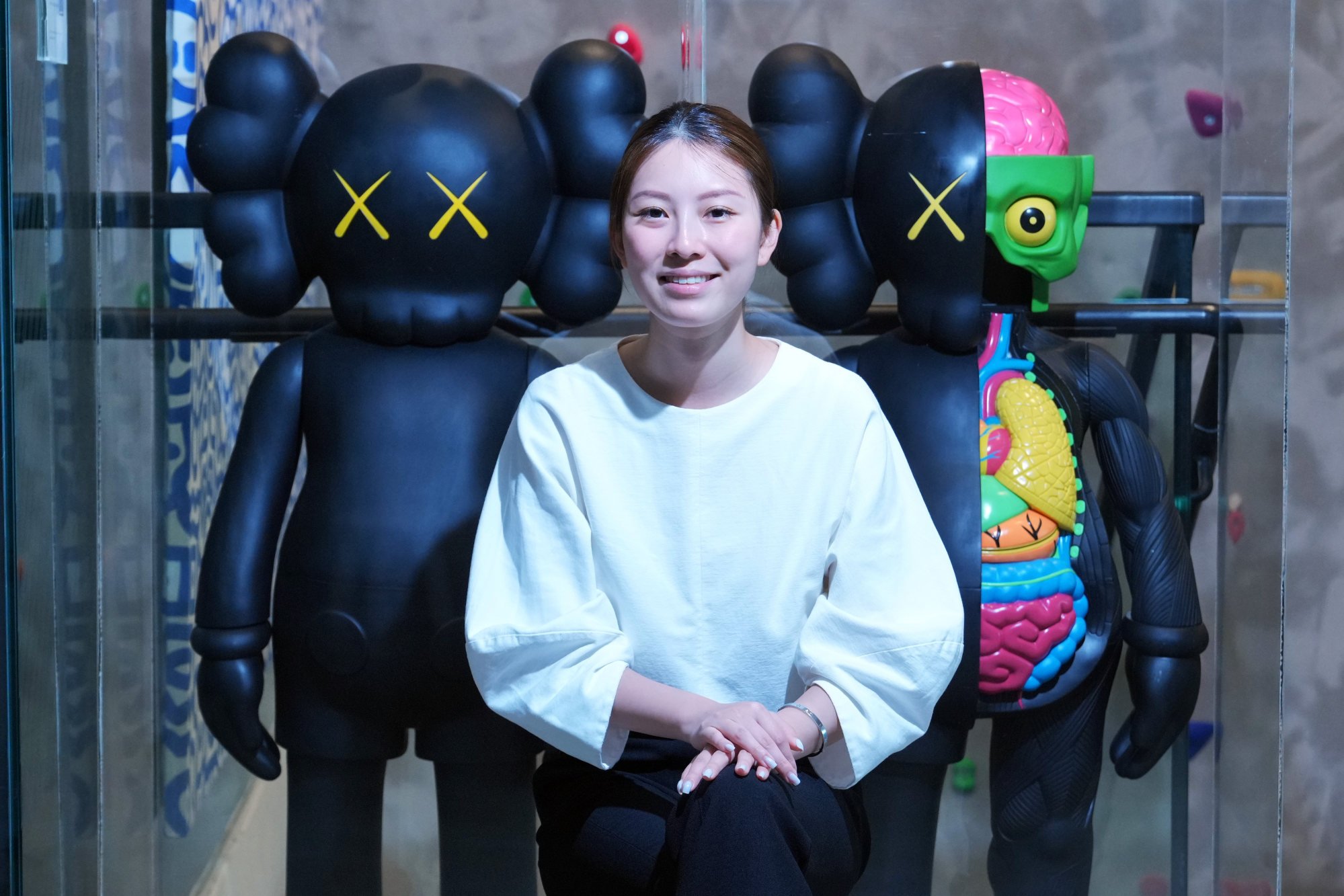
Hong Kong is looking towards the intellectual property (IP) products industry, which has surged both within mainland China and internationally, with prospects of expanding into a $50 billion marketplace.
Referred to using the Chinese term guzi On the mainland, these items encompass designer toys and collectible figures, along with products like pins, trading cards, and numerous partnerships between artists and prominent companies.
Toys like Kaws' Companion, Molly created by Hong Kong-based artist Kenny Wong Shun-ming, and Chiikawa designed by Japanese creator Nagano get both franchise enthusiasts and international collectors excited whenever a fresh piece surfaces.
It is anticipated that the fan base for these products in Mainland China will increase to 520 million by next year. Meanwhile, the market value of IP-related merchandise in the region is projected to nearly double, rising from 169 billion yuan (approximately US$23.2 billion) last year to around 300 billion yuan by 2029.
Specialists and innovators from Hong Kong have stated that the region needs to develop distinctively local and relevant items that embody its special traits; otherwise, they might fall behind compared to other Asian markets.
In March, Finance Chief Paul Chan Mo-po initially highlighted the potential of the market for intellectual property (IP) products. He stated that the government plans to encourage more than 30 cultural IP initiatives over the coming five years by providing tax breaks on rights licensing expenses.
He mentioned that Hong Kong creators have the potential to merge Eastern and Western cultures, leveraging their deep insights into both Mainland and global viewpoints to produce successful content.
Between 2019 and 2021, IP-focused sectors accounted for approximately one-third of the city’s gross domestic product, totaling around HK$878 billion, and generated more than a million employment opportunities, as stated by the Intellectual Property Department.
The Labubu Mania exhibits considerable potential.
The Hong Kong stock exchange-traded toy firm Pop Mart, which currently leads the industry, achieved international acclaim last year with Labubu, a playful creature featuring bunny ears and a sly smile.
Labubu was introduced in 2015 by the 52-year-old Hong Kong-based artist Lung Ka-sing, who divides his time between the city and Antwerp, Belgium.
He developed an entire clan of elven creatures. Labubu gained popularity in 2019 when Pop Mart featured it in a series of mass-market plush toys.
Subsequently, Lisa, the Thai singer, dancer, and actress who is part of the K-pop girl group BlackPink, was spotted with multiple variations of the toy throughout last year, and enthusiasts worldwide couldn’t get their fill of it.
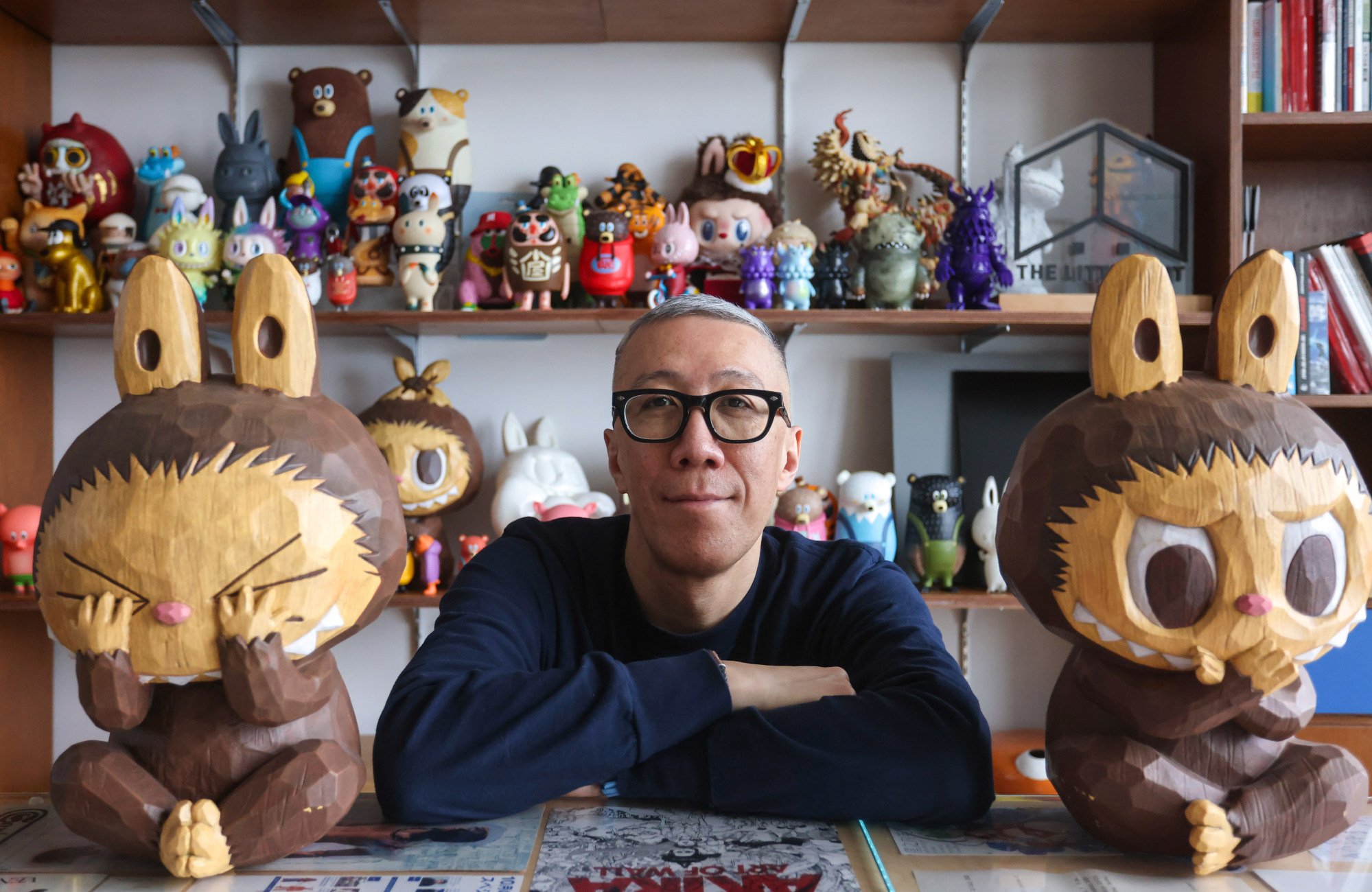
The firm's shares surged due to the Labubu craze. Every release featuring between eight to ten new designs of the collectible figure, showcasing various costumes or stances, priced at HK$81 (US$10.37), typically gets sold out online immediately.
The Monster IP series from last year, featuring characters like Labubu, reportedly brought in 3 billion yuan in revenue. This marks a YoY increase of 726.6%, as stated in Pop Mart's yearly financial report.
The company experienced remarkable revenue growth of over 475 percent internationally, whereas the increase within China was approximately 95 percent.
Last week, Pop Mart was forced to stop selling Labubu dolls in UK stores “to guarantee the safety and well-being of all customers” after enthusiasts lined up for long distances and clashed with each other over the stuffed collectibles.
Prior to Labubu, the company had been operating a successful toy business on the mainland for ten years.
In 2016, the introduction of Molly ignited a significant social media frenzy. This character accounted for over one-fifth of Pop Mart's earnings, which reached 100 million yuan last year.
In his mid-fifties, Wong brought Molly into existence in 2006. He informed the Post that this creation symbolized his resolve to accomplish what others deemed impossible for him.
He stated, 'My aim was to motivate Hongkongers and others alike to exhibit resilience when confronted with difficulties.'
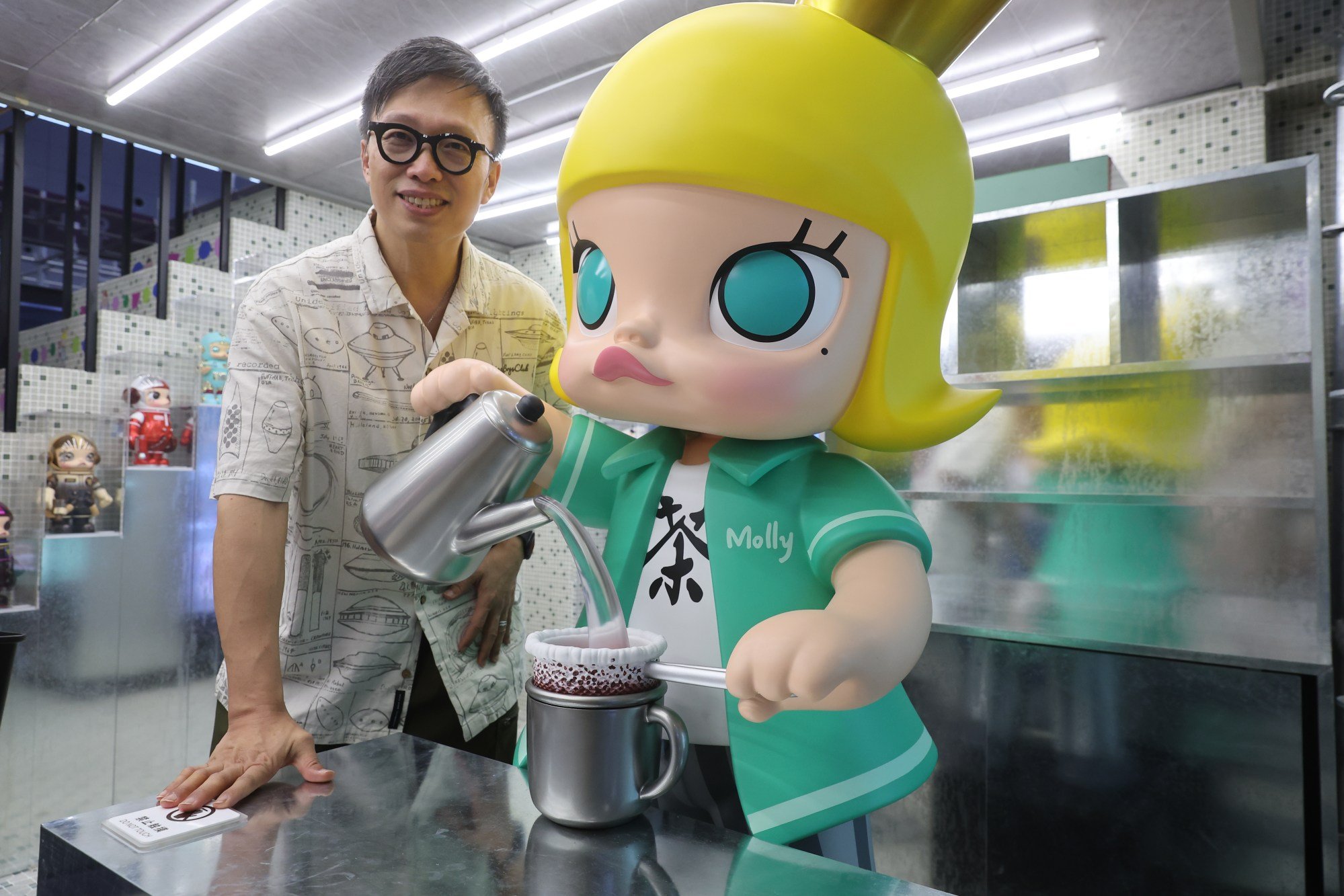
In the year 2000, he embarked on toy design alongside two collaborators through their Brotherworkers series, featuring characters that drew inspiration from Hong Kong’s working class.
He mentioned that he encountered "every challenge imaginable" prior to selling Molly's exclusive rights to Pop Mart.
He mentioned facing issues like insufficient funds, limited performance spaces, scarce resources, and low sales during exhibitions.
I began my journey in Hong Kong, yet it was the Chinese market that provided me with growth opportunities. Following my collaboration with Pop Mart, I managed to elevate Molly to new levels.
Also popular in East Asia is Chiikawa, which means "something small and cute" in Japanese.
The webcomic-turned-anime hamster character developed by Nagano has won over audiences with its charming appearance while delving into more profound topics such as survival and defeat.
The Chiikawa effect has likewise led to disorder in stores and skyrocketing costs in the secondary market.
Recently, a pop-up event at the Harbour City mall in Tsim Sha Tsui attracted throngs of fans who waited in line throughout the night. The situation escalated into chaos, with reports of scuffles breaking out due to suspected ticket resellers.
Social media links people and ignites sales.
At a trade fair held in Shenzhen on May 22, characters Labubu and Molly, along with another Intellectual Property (IP) figure from Pop Mart called Pucky, were showcased.
The organizer expressed his hope to remind consumers that all these popular dolls were designed by people from Hong Kong.
The Hong Kong Cultural and Creative Industries Development Agency was present as well, aiming to showcase the city's cultural sectors.
Kind guest Siri Tang Ziyi, aged 22 from Jiangsu province, mentioned that she possesses over 70 Molly dolls and adores them because of their characteristic sullen look.
As a devoted collector for half a decade, this college attendee shared: "Whenever my folks inquire whether I squandered my allowance on bets, I tell them it went towards acquiring these collectibles instead. These figurines offer solace during tough times and serve as an emotional crutch when I feel disheartened or pressured."
Her regular purchases included "blind box" offers, where buyers did not know exactly what they were getting until they opened the package. The boxes might include items they already owned, but fans liked the elements of mystery and surprise.
She admitted that occasionally it turns into an impulsive buy because she isn’t sure about their potential uses.
Shen Hao, who teaches marketing at the Chinese University of Hong Kong, stated that the frenzy over IP products has been driven by social media platforms.
"Individuals can readily discover like-minded people online to converse with and exchange photographs; moreover, they often receive numerous likes or may opt to swap their collectibles," he mentioned.
This fosters an engaging environment for interaction among individuals and strengthens their collective bond.
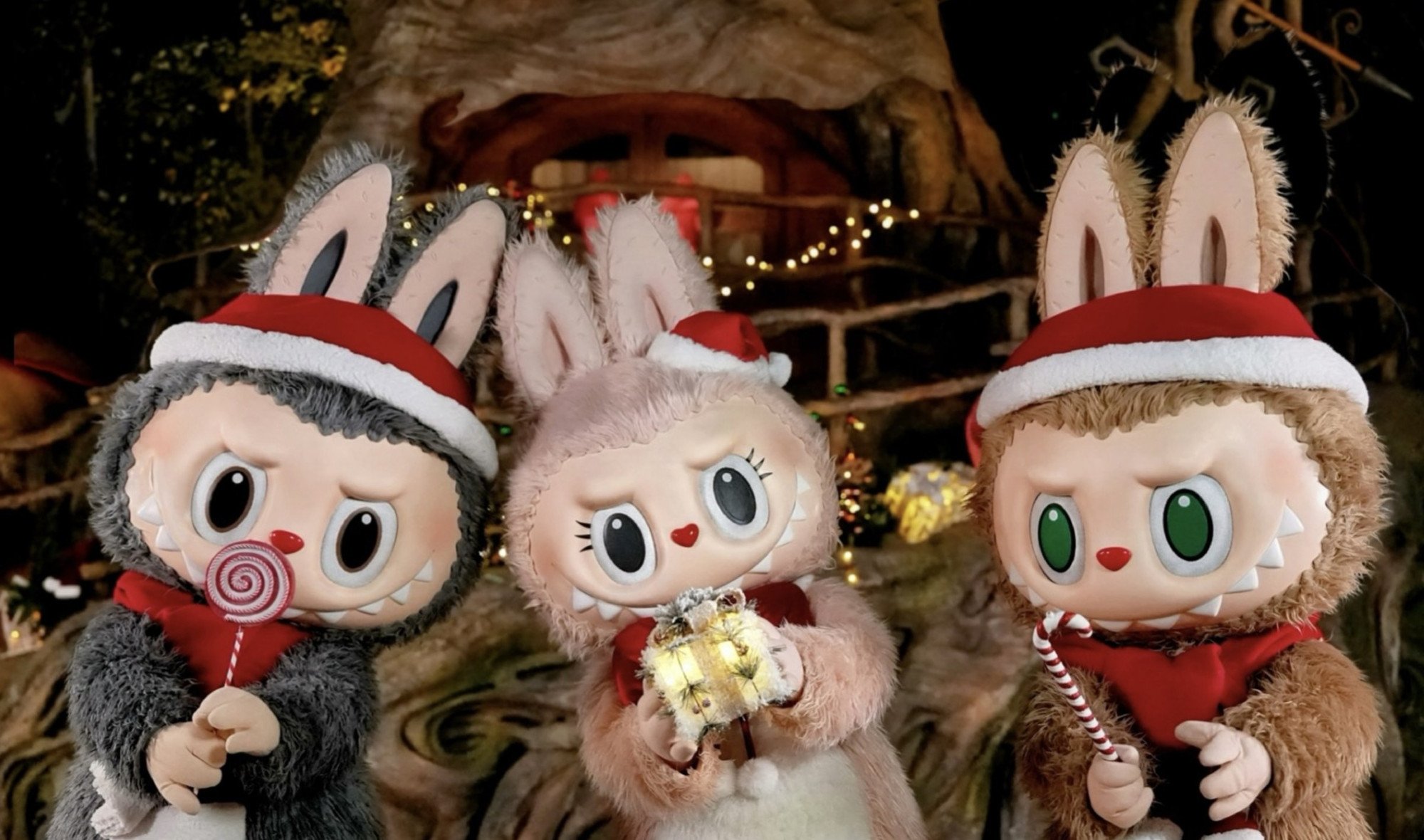
Although certain items were crafted to appear cute and attractive, others, such as Ne Zha, the deity featured in China's top-earning movie, did not follow this trend. Ne Zha 2 It took some time for it to become popular.
"Initially, not everybody might appreciate it, but as soon as it gains popularity, people start wanting to possess it. Thus, individuals are swayed by others' opinions to consider it extraordinary," Shen stated.
Roy Ying Fai, who serves as a senior lecturer in the Department of Marketing at Hang Seng University, noted that one reason for the success of numerous intellectual property characters was their ability to have a background story that resonated with consumers emotionally and evoked heartfelt connections.
He mentioned that numerous firms owning such intellectual property items strive to develop engaging backstories and release fresh products each month.
The blind-box format along with the toys' reasonably priced nature encouraged enthusiasts to return repeatedly, he mentioned.
The popularity of Labubu has sparked interest in other characters from Pop Mart's The Monsters series, expanding the franchise, according to Ying.
Lengthy lines and throngs of customers eager for IP merchandise releases indicated that brick-and-mortar shops peddling these goods might help rejuvenate an ailing retail sector.
"Developers on the mainland desire for Pop Mart to establish a store in their shopping centers as these stores attract many young consumers," Ying mentioned.
To secure a bigger share of the IP product market, Ying stated that Hong Kong needed to create characters that embodied its distinct culture and history.
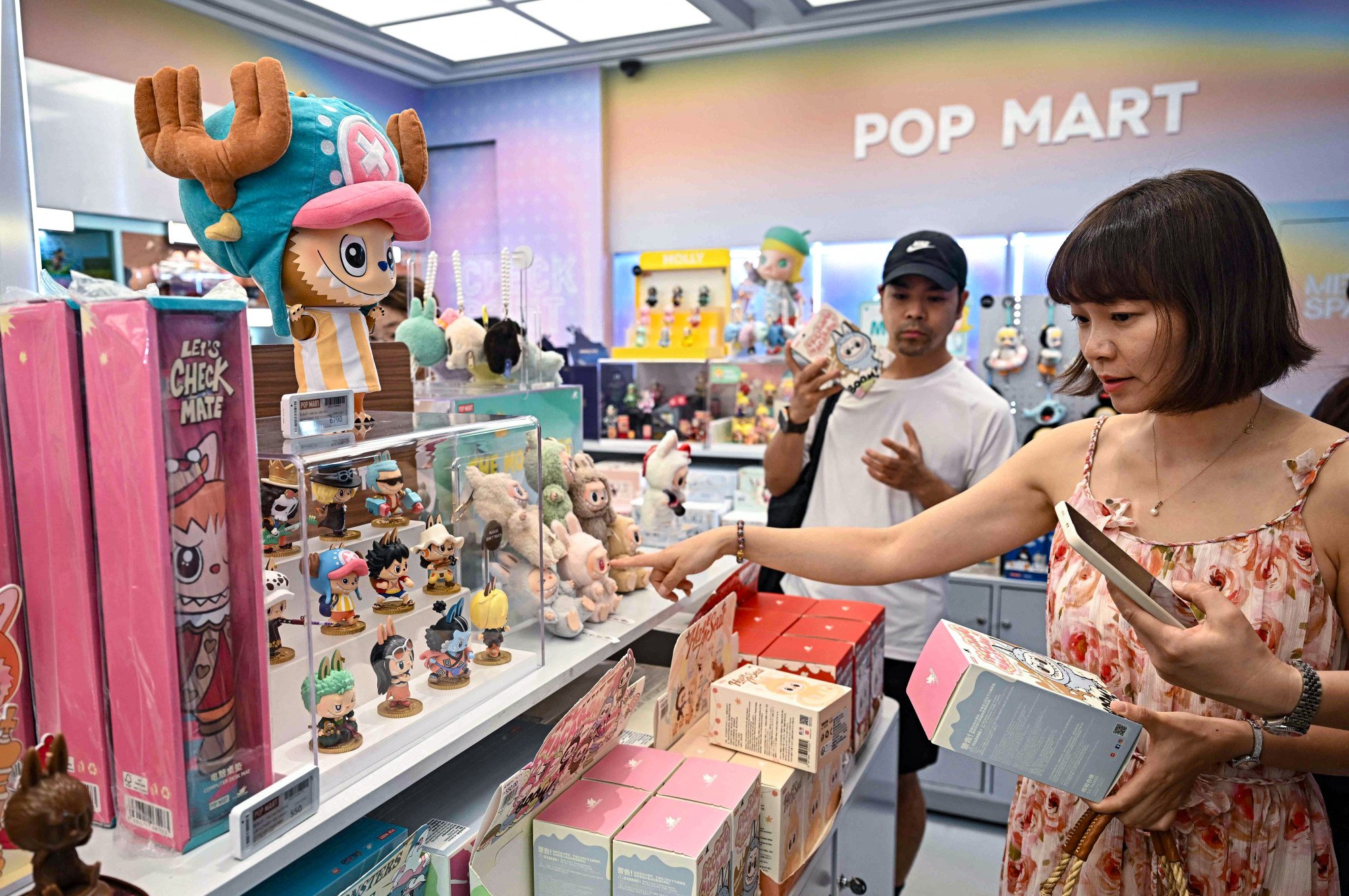
He said Hong Kong creators could tap a potential market of 87 million people in the Greater Bay Area, which brings together the city, Macau and nine cities in Guangdong province.
He pointed out that the cartoon pig McDull, developed by Hong Kong artists Alice Mak and Brian Tse, was a character that resonated with audiences beyond the border.
McDull resides in government-subsidized housing, grapples with financial hardship, possesses a morbid sense of humor, and adores pineapple buns.
"The audiences in Guangdong province comprehend Cantonese and have shared cultural subtleties. Many of them were raised viewing Hong Kong TV dramas," he mentioned.
Initially, local stores might acquire the licenses for well-known intellectual property characters and initiate collaborative projects. However, according to Ying, cultivating a thriving ecosystem would be essential for sustaining growth within the sector over time.
He stated that governmental support through funding or investment is essential for nurturing local creators' intellectual properties, assisting them in developing narratives, or facilitating collaborations with comic or game developers; otherwise, the appeal of these characters may fade rapidly.
An alternative approach could be acquiring exclusive rights to new intellectual properties like Pop Mart does, then promoting these character brands via toys. This strategy can pique consumer interest and encourage them to delve deeper into the backstory of each character.
Emotional support, also a status symbol
The Hong Kong artist known as Pucky mentioned that their elven namesake character enables individuals to experience a sense of entering an enchanting world.
"The character Pucky embodies the longing to continue dreaming and to hold onto the belief that magic is real," stated the artist, who spent their formative years in both the city and Canada, and uses just a single moniker.
Today, numerous individuals seek out dolls for their emotional significance, comfort, and to maintain that feeling of childish amazement. Characters with intellectual property possess the ability to convey this therapeutic essence to people.
In 2017, she signed a selective licensing deal with Pop Mart and has since been crafting playful and ethereal enchanting designs.
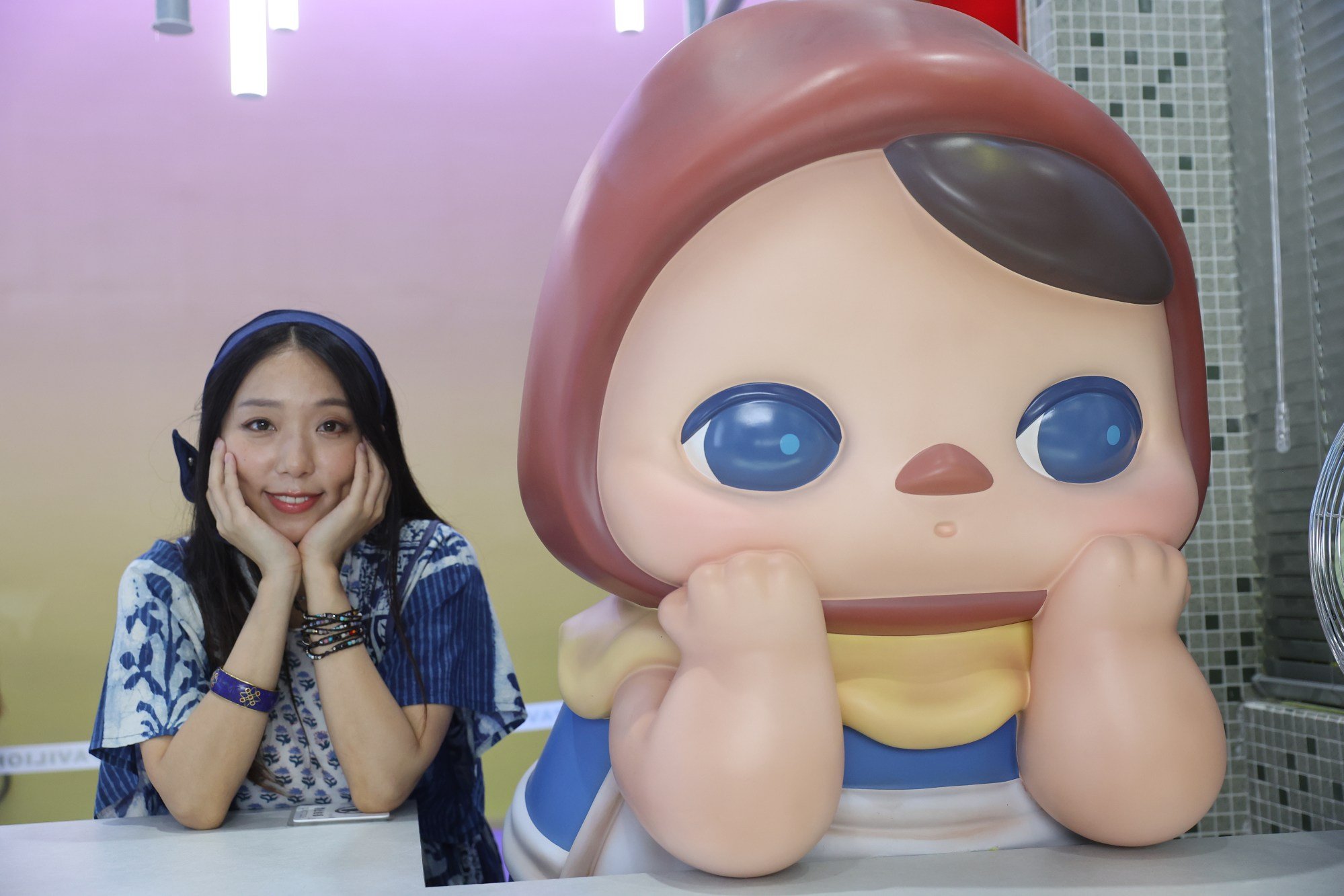
Kenny Wong, the creator of Molly, hoped his journey spanning over ten years toward success would motivate young people in Hong Kong who aspire to enter the IP industry.
He suggested that hosting additional expos or events featuring various intellectual property characters might provide young creators with visibility and help them envision a promising future for the market of IP merchandise.
The sole equation for success lies in persisting and having faith in your capabilities. I am convinced that the intellectual property sector holds substantial promise and will emerge as a critical field in years to come.
Sabrina Chien Xuanrui, who previously worked as an auction house specialist and was also an art advisor to collector Kenneth, mentioned that toys have gained value due to their aesthetic appeal, significance, and history.
She mentioned that sometimes the toy originates from a collaboration between two artists and embodies the narrative of their bond, which attracts collectors.
Social media has enabled artists to showcase their newest creations and engage directly with enthusiasts, rapidly boosting interest and making art toys readily available to potential purchasers.
The special edition partnerships for luxury goods, like the Kaws watch, turned certain items into sought-after status symbols.
She mentioned that there is a variety of products suited for various individuals.
Ever since Kenneth acquired his watch, its worth has nearly doubled – potentially reaching over HK$3.8 million in the secondary market – yet he doesn’t intend to part ways with it or any of the other pieces in his collection.
He mentioned, 'As time passed, I came to understand the artists better.' My feelings towards their creations have transformed from mere collection to engaging discussions.
For him, IP products could tell stories, shape cultures and be passed on to future generations, whereas in his fintech industry, new technology often made old inventions obsolete.
He stated, 'In the realm of art, new creations do not supersede the older ones; instead, they expand upon them, contribute to the ongoing dialogue, and enrich the broader cultural story.'
More Articles from SCMP
Hong Kong must not waste time in capitalizing on the 'silver economy'.
The most recent Chinese defense watchdog official has been caught up in the ongoing military corruption investigation.
Exhorting collaboration between China and the EU, ex-WTO chief Pascal Lamy highlights 'shared territory.'
Despite the Trump administration's visa restrictions, Chinese students continue their education pursuits in the U.S.
The article initially appeared on the South ChinaMorning Post (www.scmp.com), which is the premier source for news coverage of China andAsia.
Copyright © 2025. South China Morning Post Publishers Ltd. All rights reserved.
Comments
Post a Comment